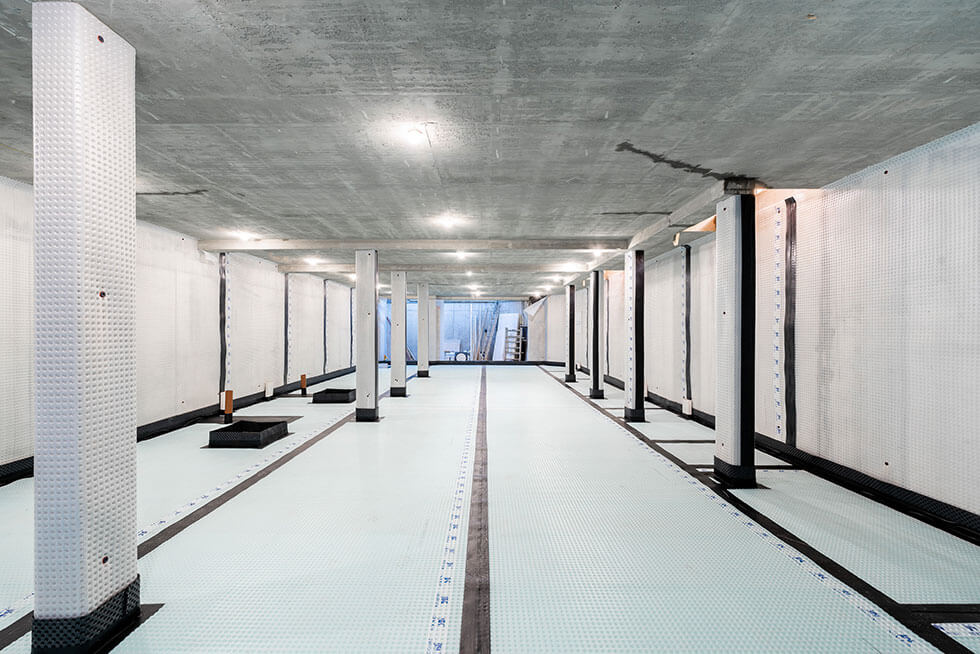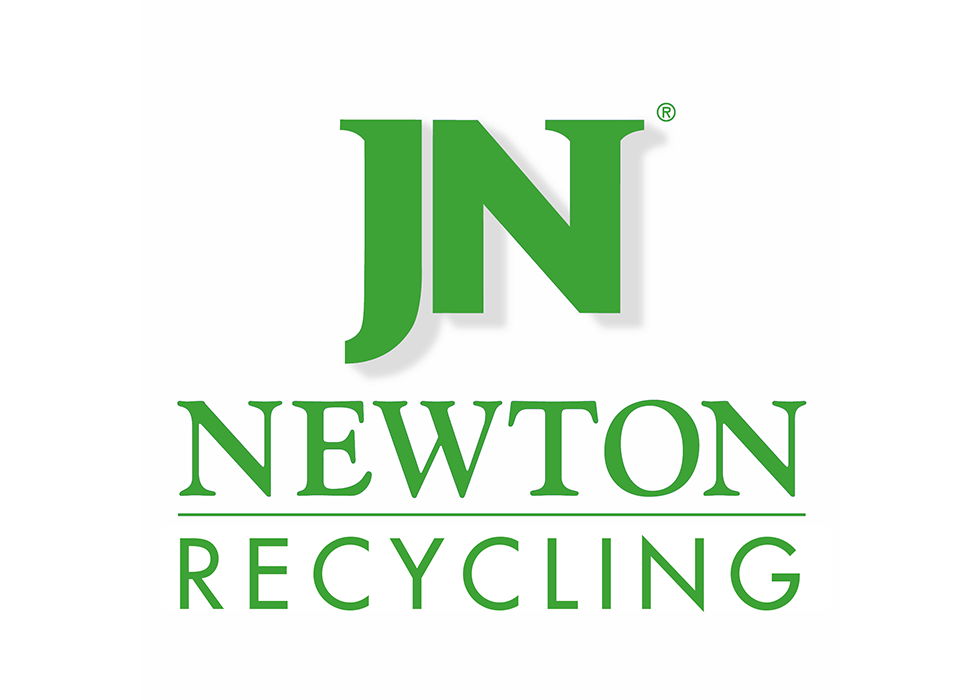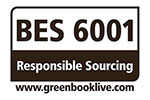01732 360 095
The introduction of the Building Safety Act (BSA) in England signifies a watershed moment for the construction industry. This new legislation, arguably the most significant regulatory change since the 1980s, places a renewed emphasis on safety throughout a building’s lifecycle.
The Act’s reach extends beyond high-rise buildings, impacting all structures. A cornerstone of the Act is the concept of a ‘Golden Thread of Information’ – a digital record containing key building information throughout its design, construction and operational phases. This requires meticulous attention to detail at every stage, with a particular focus on specifying compliant building products.
We explore how the Building Safety Act impacts the role of specifiers, particularly with regards to waterproofing solutions. We will also showcase how Newton Waterproofing’s fire-tested products can empower specifiers to meet the BSA’s stringent requirements at the same time as contributing to overall building safety.
The Building Safety Act: A New Landscape for Specifiers
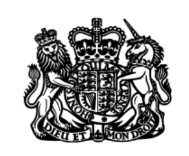
The Act introduces a new framework that emphasises building performance throughout its lifespan. This framework assigns specific duties and obligations to various stakeholders, known as ‘dutyholders’. Specifiers are therefore most likely to be appointed as the ‘principal designer’ dutyholder, placing them at the forefront of ensuring building materials comply with relevant regulations.
This expanded role necessitates that specifiers demonstrate “competence” in their field. The onus lies on them to ensure they possess the necessary skills, knowledge, experience and professional conduct to undertake the design and building work. Furthermore, where a specifier lacks the requisite competence, or their professional indemnity insurance (PI) cover doesn’t include cover for specialisms such as waterproofing, they must appoint another suitably qualified organisation as the designer.
Beyond Compliance: Building Safety as a Collaborative Effort
While the Building Safety Act assigns clear duties, building safety is ultimately a collaborative effort. Specifiers such as architects play a critical role, but so do building control professionals, manufacturers, contractors, and other stakeholders throughout the construction process.
Open communication and collaboration are essential for ensuring all parties understand their respective roles and responsibilities under the Act. This collaborative approach extends to the selection of building products. Specifiers should actively engage with manufacturers and suppliers to ensure chosen products are not only compliant with relevant building regulations but also contribute to overall building safety.
The Importance of Compliant Waterproofing
The Act’s focus on competence and compliance naturally extends to waterproofing solutions. Selecting non-compliant systems can pose significant safety risks, not just in terms of water ingress but also potentially impacting the future health and safety of building occupants, particularly in below-ground spaces.
Water ingress anywhere in a building can lead to a cascade of problems, including structural damage, mould growth, and electrical hazards. In the context of basements and other below-ground spaces however, waterproofing failures can create potentially significant health risks for occupants due to flooding, damage to the structure or internal finishes, and the growth of mould and mildew. Furthermore, compromised waterproofing can lead to issues with fire safety by creating voids behind cladding systems or within building assemblies where firebreaks are critical.
Specifying compliant waterproofing solutions goes beyond optimising building performance. It’s about mitigating potential future risks for occupants, managing specifier liability and ensuring adherence to all requirements of the Building Safety Act.
Building Safety Through Material Selection: Fire Risk Considerations
Whilst its key findings and recommendations are not fire-specific, the Building Safety Act does place emphasis on fire safety. For example, specifiers must ensure that all building materials they specify meet the relevant fire safety standards as outlined within the Building Regulations.
Waterproofing can play a role in fire safety by contributing to the compartmentation strategy within a building. Compartmentation involves dividing a building into fire compartments to prevent the spread of fire and smoke. Waterproofing systems can help to maintain the integrity of these compartments by preventing flames and smoke from passing through walls, floors, and ceilings.
Newton Waterproofing: Building Safety Through Innovative Solutions
At Newton Waterproofing, we understand the critical role waterproofing plays in building safety. Our product portfolio offers a range of solutions that not only deliver exceptional waterproofing performance but includes products that can also contribute to fire safety – a key aspect of the Building Safety Act.
Oldroyd XTF Cavity Drain Membrane: Waterproofing and Fire Resistance
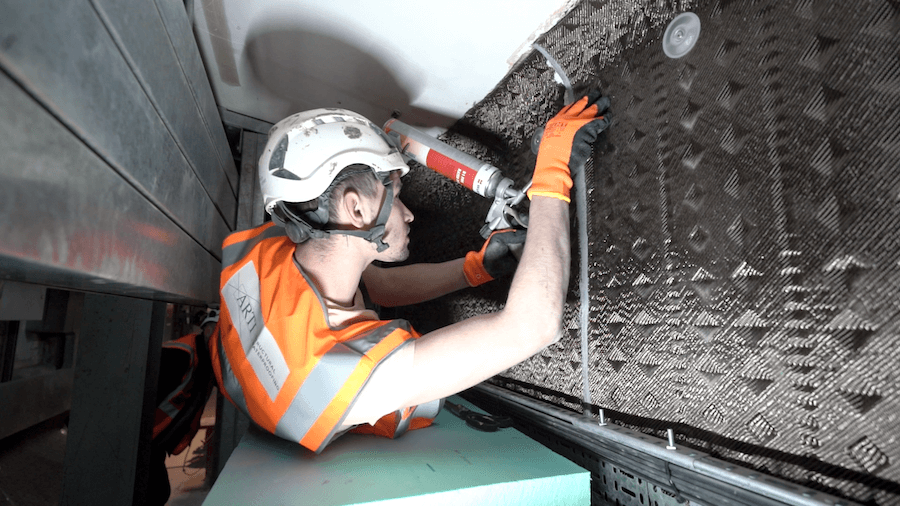
The Oldroyd XTF cavity drain membrane is a prime example of our commitment to building safety. This unique product is a waterproof and fire-resistant membrane specifically designed to protect structures from water ingress and fire damage.
Comprised of a profiled, flame-retardant polypropylene sheet laminated with a high tensile strength, fire-resistant fabric, Oldroyd XTF offers exceptional mechanical strength and fire resistance properties. This makes it ideal for a variety of below-ground applications, including:
- Basement waterproofing
- Retaining walls
- Tunnels and car parks
HydroCoat 103 2K: High-Performance Waterproofing with Fire Safety Benefits

Our HydroCoat 103 2K liquid-applied waterproofing membrane further exemplifies our dedication to building safety. This cementitious membrane offers exceptional waterproofing performance, while also contributing to fire safety.
Rapid Application and Enhanced Fire Resistance
Liquid-applied products such as HydroCoat 103 2K can be spray-applied, ensuring efficient application on large-scale projects. This not only expedites the construction process but also minimises the risk of human error associated with manual application methods.
The cementitious composition of HydroCoat 103 2K, with its very low organic materials content, also contributes to its fire resistance properties and helps prevent the spread of flame.
Specifying for Building Safety: How Waterproofing Plays its Part
The Building Safety Act represents a significant shift in the construction industry, placing a renewed emphasis on building safety throughout a building’s lifecycle. Specifiers play a pivotal role in this new landscape, with a responsibility to ensure specified building products comply with relevant regulations.
By selecting high-performance waterproofing solutions such as those offered by Newton Waterproofing, specifiers can not only meet the Act’s requirements but also contribute to overall building safety. Our products are designed to deliver exceptional waterproofing performance, contribute to fire safety, and streamline the construction process.
At Newton Waterproofing, we are committed to collaborating with specifiers, architects, contractors, and building control professionals to ensure the safe and successful delivery of construction projects. For further information on how our waterproofing solutions can help you meet the demands of the Building Safety Act, please contact us today.
Speak to our friendly, expert team
Our staff are able to provide guidance for projects of all sizes, whether you require some general advice about damp or waterproofing, or support with technical drawings and specifications.


